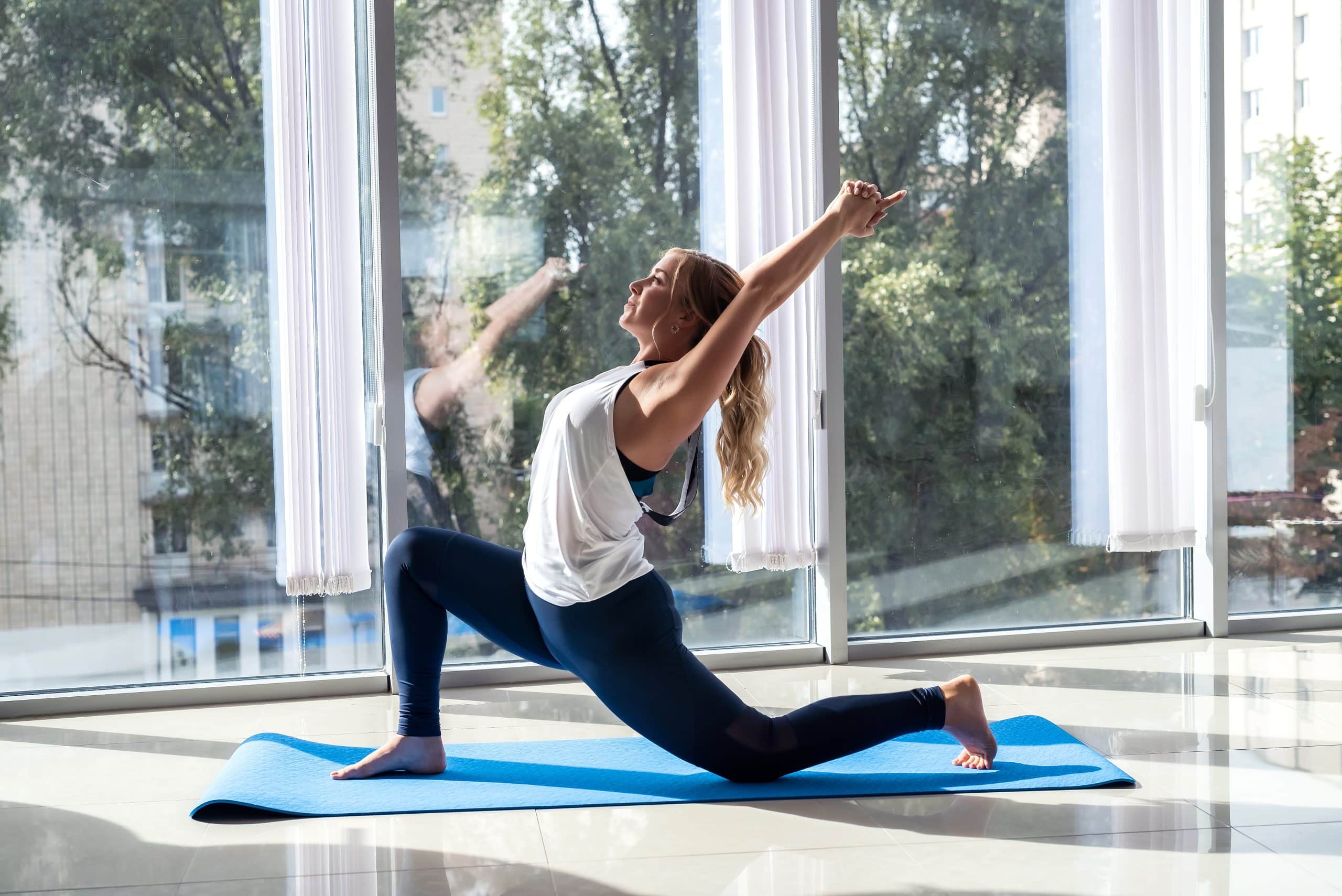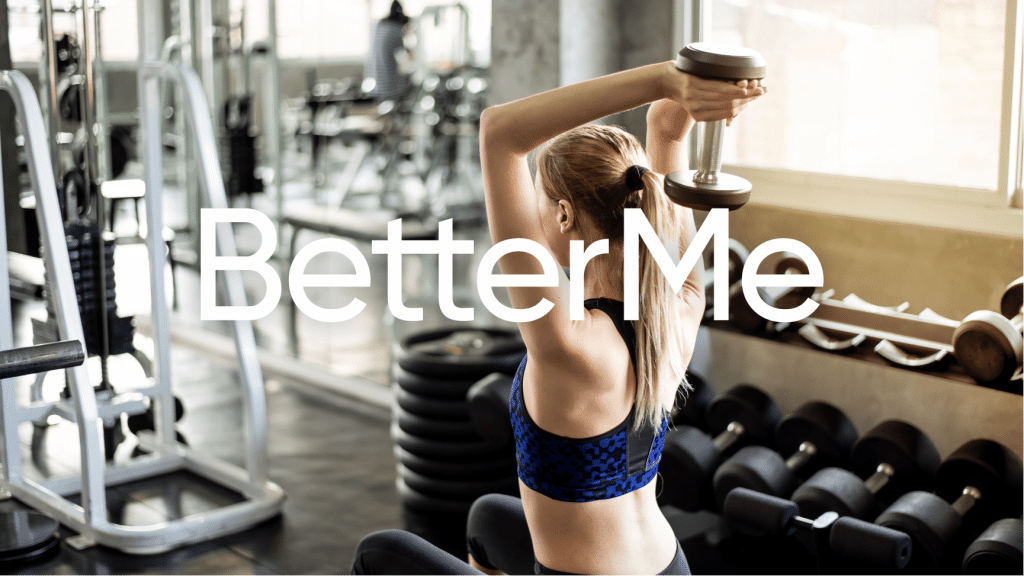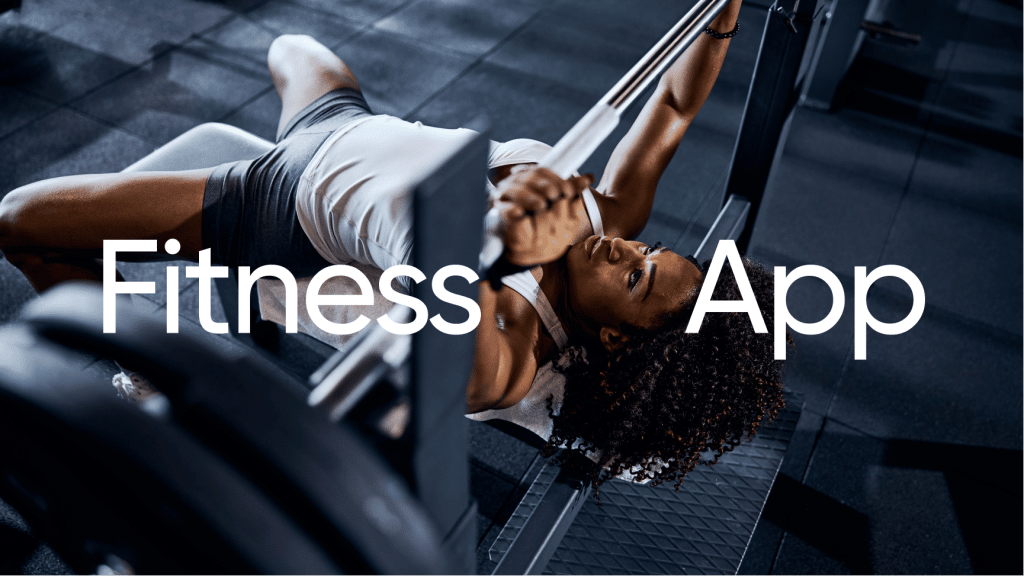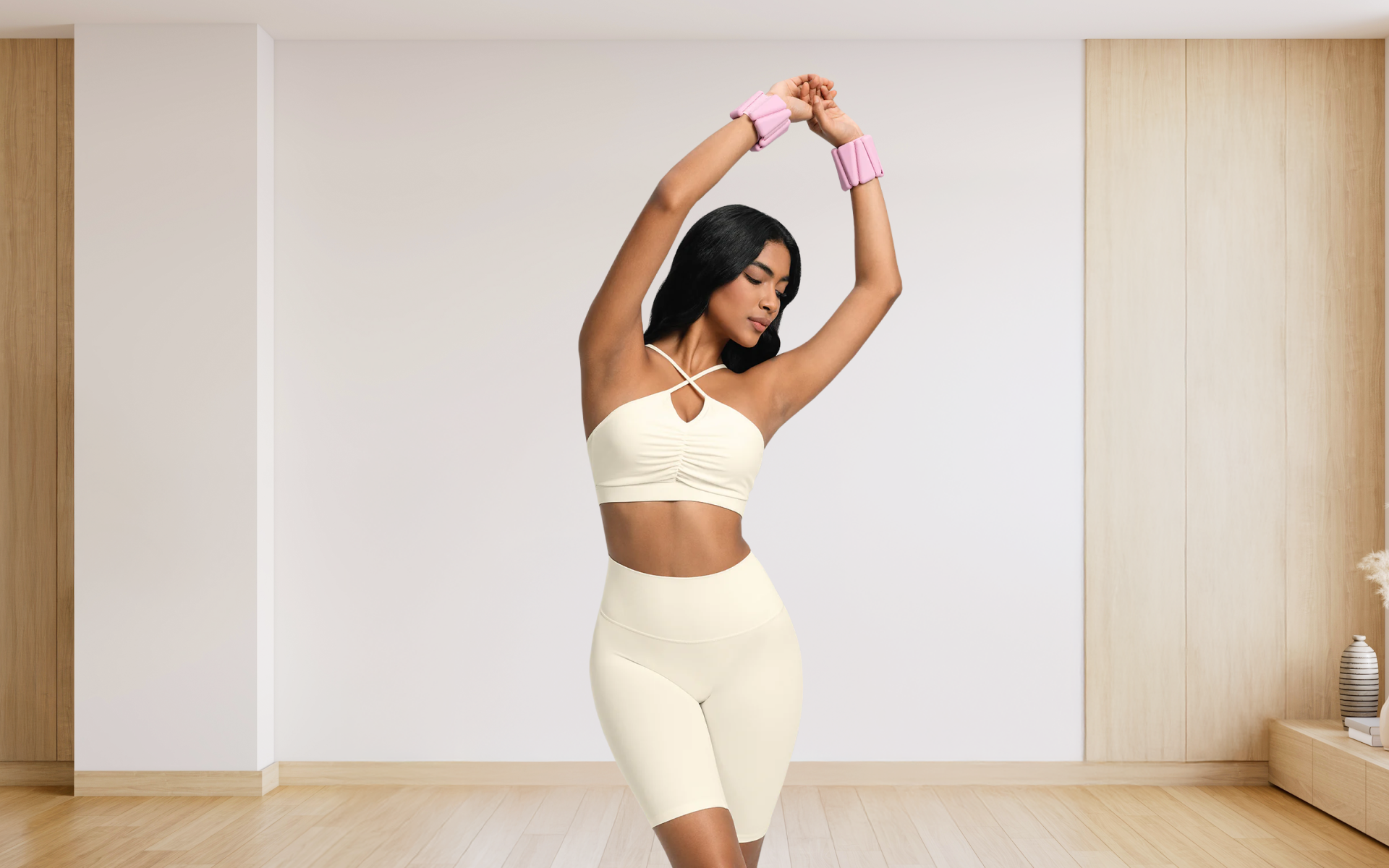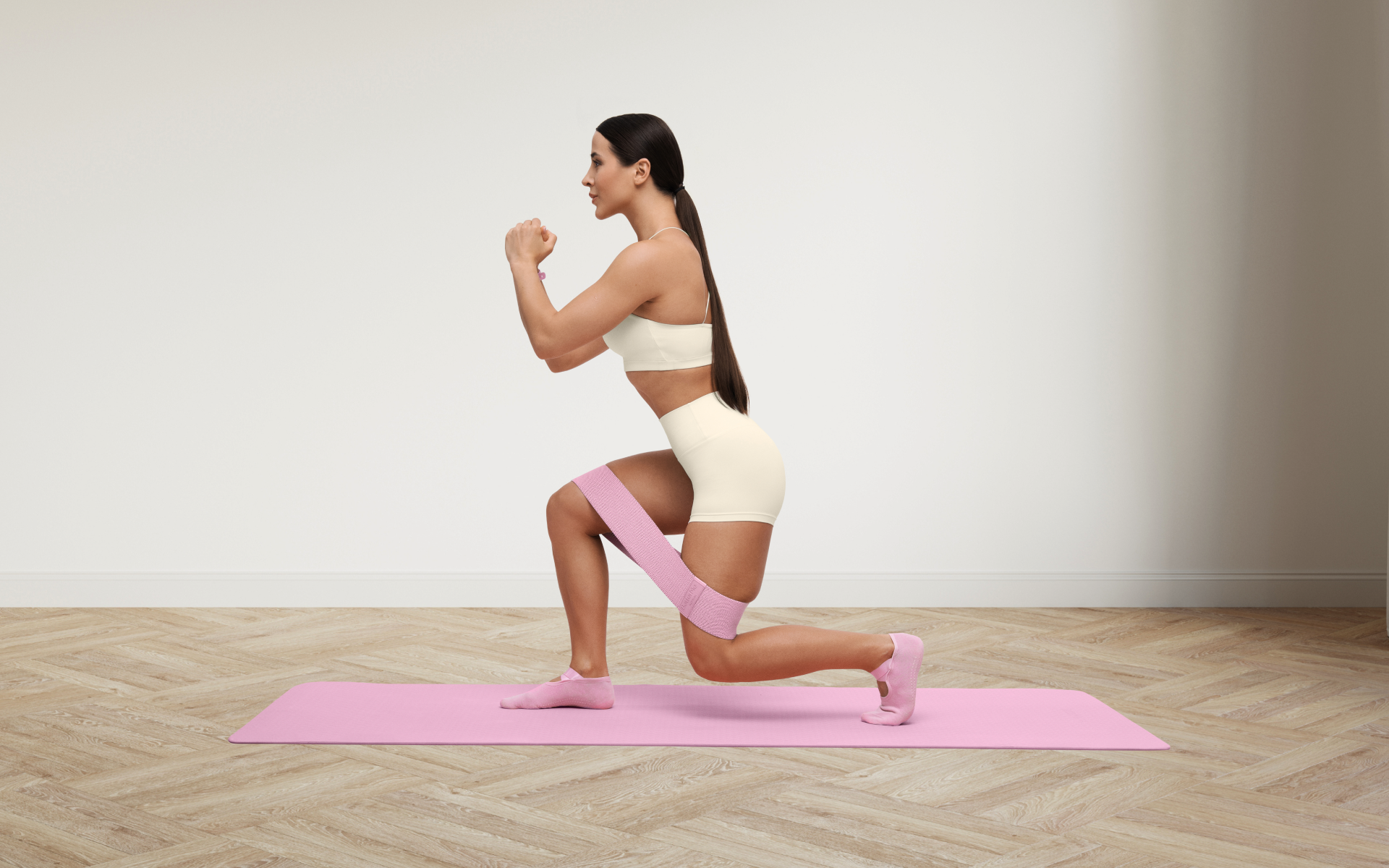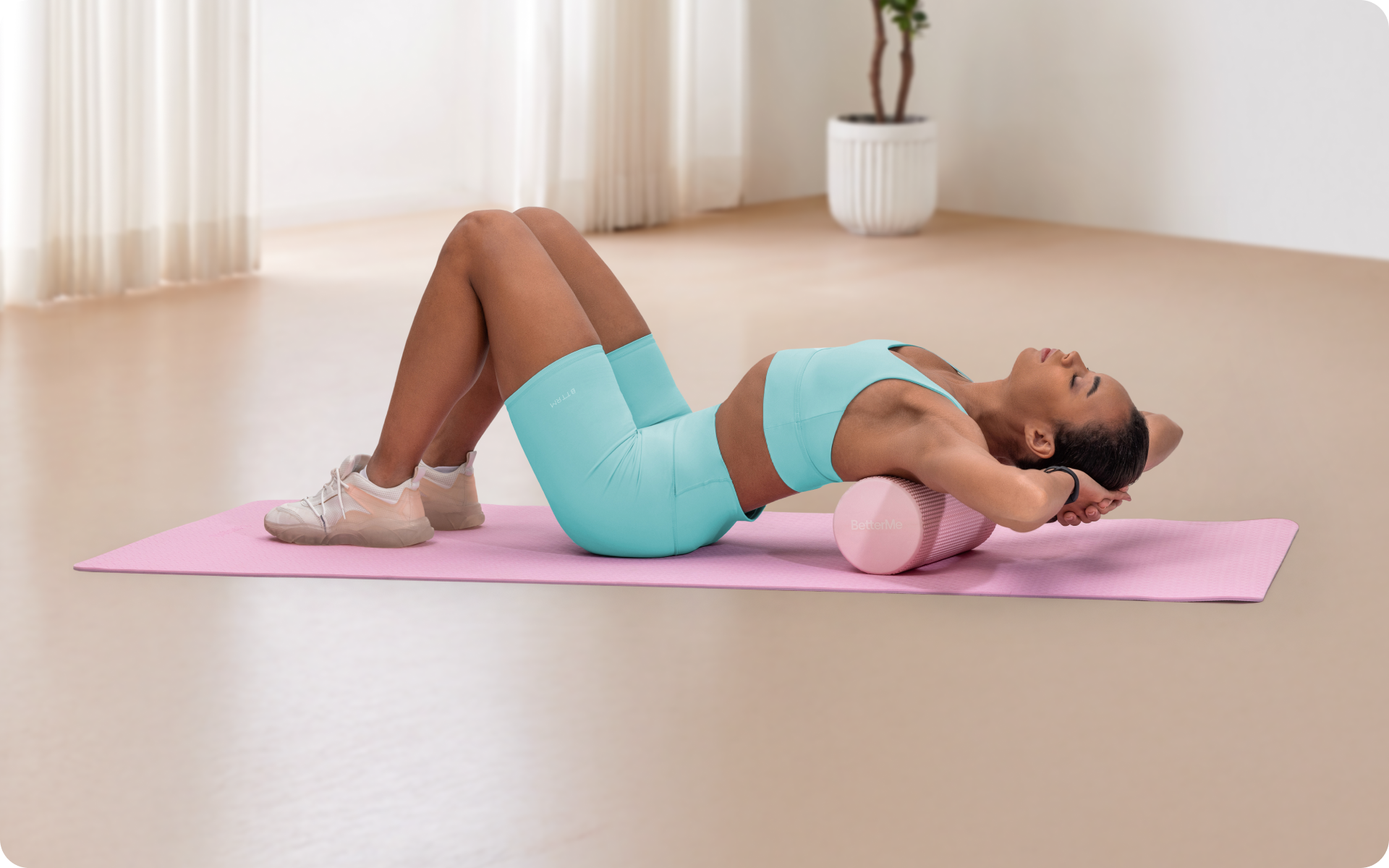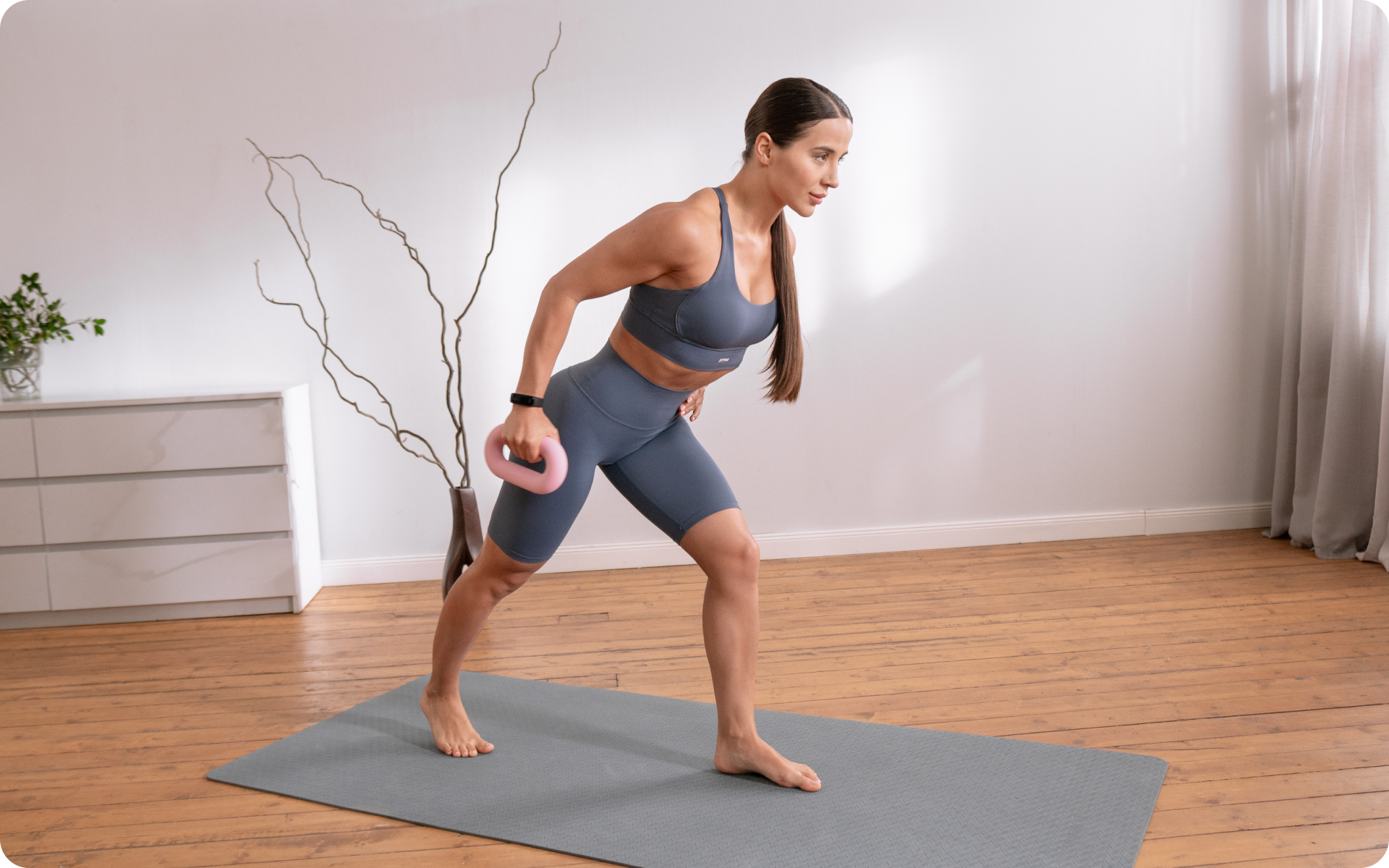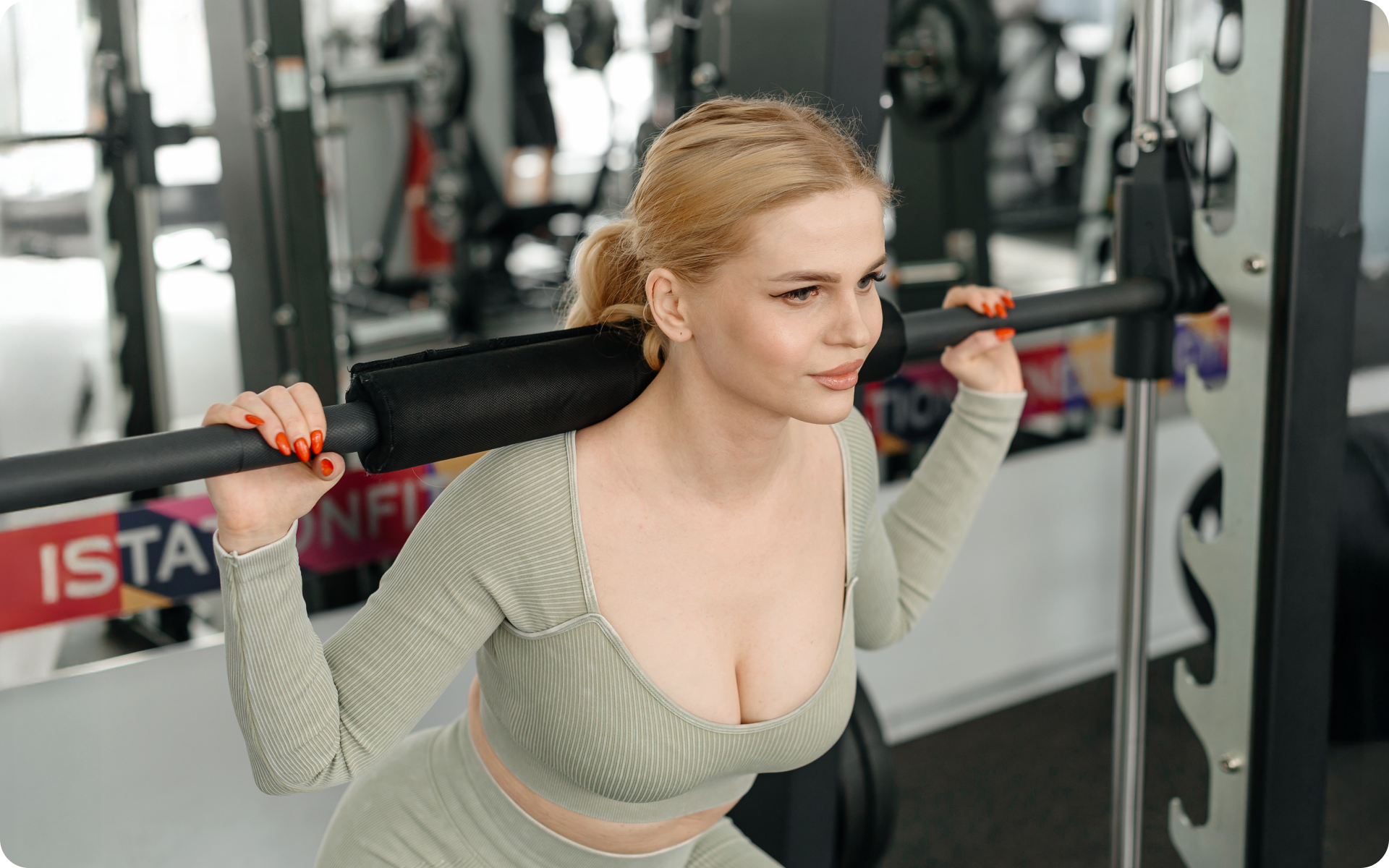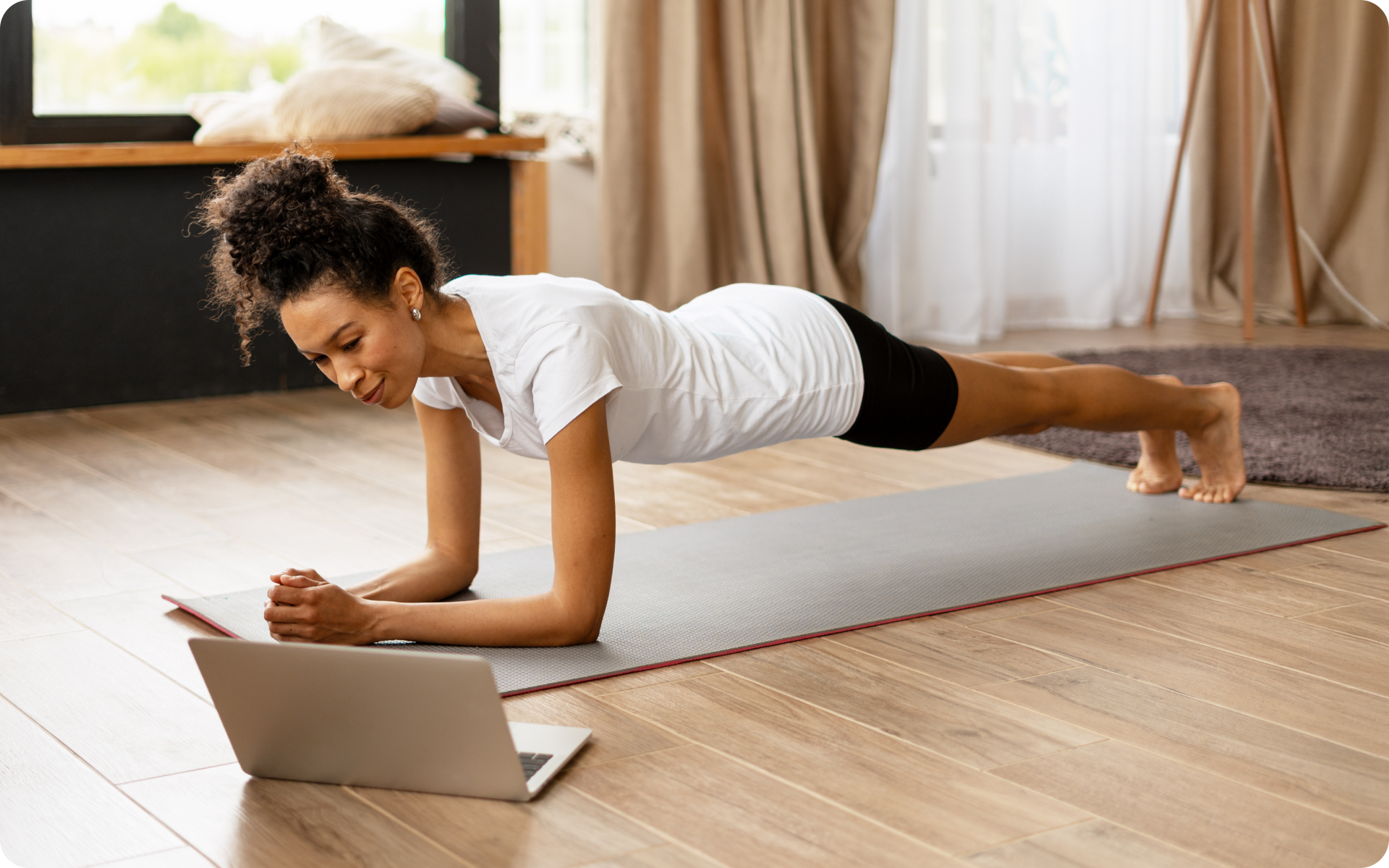Metabolic training, aka metabolic conditioning aka metcon is a type of workout that combines cardiovascular exercise with strength training, to achieve greater fat loss and muscle toning in a shorter amount of time. The idea behind metabolic training is to keep your heart rate elevated throughout the entire workout so that you are burning more calories and getting your heart and lungs a good workout too. This type of training is also said to be more efficient in burning fat because it works multiple muscle groups at once. Metabolic training can be done with just your bodyweight, or by adding dumbbells, barbells, kettlebells, medicine balls, sandbags, or any other type of equipment that you can think of. In this article, we delve into the science behind metabolic training and provide you with some workout ideas to get you started.
What Is Metabolic Training?
Metabolic training stands out from other types of training because it uses specific exercises to improve the efficiency of the body’s energy pathways.
Our bodies have an intricate system of energy production that involves the breakdown of glucose (sugar) in order to create ATP (adenosine triphosphate). ATP is then used by our cells to power all of their functions (7).
In order for this process to work effectively, our bodies need to have a balance of three things:
- Oxygen
- Glucose
- Adenosine Triphosphate (ATP)
If any of these three things are out of balance, it can lead to a decrease in the efficiency of ATP production and an overall decrease in performance.
Metabolic training is designed to optimize the efficiency of ATP production so that our bodies can perform at a higher level for a longer period of time. This is accomplished by using exercises that improve our ability to use oxygen, metabolize glucose, and produce ATP, i.e. a mix of cardio and strength training.
Further, ATP production uses three energy pathways:
- The long-term pathway: this means that ATP can be produced slowly over a long period of time and is used during activities like walking or jogging. Low-intensity cardiovascular exercise relies heavily on this pathway.
- The intermediate pathway: this pathway is used when ATP needs to be produced at a faster rate than what the long-term pathway can provide. This might happen during moderate-intensity activities like running or biking.
- The immediate pathway: this is the fastest way to produce ATP and is used during high-intensity activities like sprinting. This pathway uses stored ATP and glucose to produce energy quickly.
Metabolic training focuses on using immediate and intermediate pathways to produce ATP so that we can exercise at a higher intensity for a longer period of time. This is accomplished by using exercises that are short and sweet, with little to no rest in between sets.
Read More: Metabolic Type: How To Find Out Yours?
Why Is Metabolic Training Effective?
The reason why metabolic training is so effective is because it takes advantage of the body’s natural ability to adapt.
Whenever we do any type of physical activity, our bodies adapt in order to make that activity easier. For example, if we start running every day, our bodies will eventually adapt by becoming more efficient at using oxygen and producing ATP.
This adaptation allows us to run for longer periods of time without getting as tired.Metabolic training capitalizes on this adaptation by constantly challenging the body with new exercises and different intensities.
This forces the body to keep adapting, which leads to greater improvements in our ability to use oxygen, metabolize glucose, and produce ATP. Over time, this leads to a significant increase in our overall fitness level and a decrease in body fat.
This type of training is also said to be more efficient in burning fat because it works multiple muscle groups all at once. When you exercise multiple muscle groups simultaneously, your body has to work harder to supply them with the oxygen and glucose they need to produce ATP.
This process of supplying oxygen and glucose to working muscles is known as the oxygen cascade (6), and it’s one of the main ways that our bodies burn fat. The oxygen cascade occurs when our body releases chemicals like epinephrine and norepinephrine in response to exercise.
These chemicals cause our heart rate to increase and our blood vessels to dilate so that more oxygen-rich blood can be supplied to working muscles.
What Are The Benefits Of Metabolic Training?
There are several benefits to metabolic training, including:
Improves The Efficiency Of ATP Production
Your energy pathways become more efficient with metabolic training, allowing you to produce ATP at a higher rate. This leads to better performance during exercise and overall improved fitness (4).
Increases Aerobic Capacity
Aerobic capacity is a measure of how much oxygen your body can use during exercise. Metabolic training increases your aerobic capacity, which means you’ll be able to exercise for longer periods of time before getting tired (5).
Builds Muscle
Metabolic training is an excellent way to build muscle. This is because it uses exercises that work multiple muscle groups at the same time and forces the body to adapt by building more muscle.
Burns Fat
Metabolic training is one of the most effective ways to burn fat. This is because it increases your heart rate and causes your body to release chemicals that help burn fat (2).
Triggers EPOC
EPOC stands for excess post-exercise oxygen consumption. This is the amount of oxygen your body uses after exercise to return to its normal state. Metabolic training triggers EPOC, which means you’ll continue to burn calories long after your workout is over (3).
Improves Insulin Sensitivity
Metabolic training can improve insulin sensitivity, which is the ability of your body to use glucose for energy (1). This is important because it can help you maintain a healthy weight and prevent conditions like type 2 diabetes.
BetterMe app is a foolproof way to go from zero to a weight loss hero in a safe and sustainable way! What are you waiting for? Start transforming your body now!
What Are The Disadvantages Of Metabolic Training?
There are a few disadvantages to metabolic training, including:
It’s Intense
Metabolic training is intense and requires a high level of fitness. If you’re not used to this type of training, it can be tough to get through a workout.
It Requires Equipment
Metabolic training is considered circuit training, which means it uses multiple exercises that are performed one after the other with little to no rest in between. This type of training requires access to a variety of exercise equipment, which may not be available to everyone.
It Can Be Repetitive
Metabolic training can be repetitive since you’re typically doing the same exercises for multiple sets. This can make it difficult to stay motivated, especially if you’re not seeing results as soon as you’d hoped.
How To Do A Metabolic Workout
Below is an example of a metabolic workout that you can do at home with no equipment. This workout consists of four exercises that are performed for 15 – 60 seconds at a time followed by 15 seconds of rest.
You’ll complete three sets with 60 seconds of rest between each set. How much time you allocate for each exercise depends on your fitness level; beginners should do each exercise for 15 seconds, intermediates for 45 seconds, and advanced for 60 seconds.
1. Squat Jumps
This plyometric exercise works your quads, glutes, and calves. The jumping motion adds a cardio element to the move that will help you get your heart rate up.
To perform a squat jump:
- Start in a squat position with your feet shoulder-width apart and your hands behind your head.
- From here, jump up as high as you can and land softly back in the squat position.
- Repeat for the desired amount of time.
2. Dumbbell Step-Ups
You’ll need a pair of dumbbells for this movement. If you don’t have any, you can use two water bottles or milk jugs. You’ll also need a raised surface like a chair, box, or step. This works your quads, glutes, and hamstrings.
- Start by standing in front of the raised surface with a dumbbell in each hand.
- Place your right foot on the surface and press down to lift your body up.
- As you press up, bring your left leg up so that it’s parallel to your right (pictured).
- Lower your body back down and repeat with the other leg.
3. Kettlebell Swings
Use explosive hip movement to generate momentum and swing the kettlebell up to eye level. This move works your shoulders, back, and legs. If you don’t have a kettlebell, you can use a water jug or milk jug.
- Start by standing with your feet shoulder-width apart and the kettlebell a few feet in front of you.
- Bend at the hips to grab the kettlebell with both hands.
- Keep your back straight and swing the kettlebell between your legs.
- As you swing it up, drive your hips forward to generate momentum.
- The kettlebell should swing up to eye level.
- Reverse the motion and let it swing back between your legs before repeating.
4. Renegade Rows
This advanced move requires a lot of stability. If you’re new to metabolic training, you can modify this movement by doing it on your knees. It is a variation of the standard row that works your back, shoulders, and core.
- Start in a push-up position with a dumbbell in each hand.
- From here, row one dumbbell up to the side of your chest while keeping your body in a straight line.
- Lower the dumbbell back down and repeat with the other arm.
- As you get stronger, you can try lifting one leg off the ground as you row the dumbbell up. This will challenge your balance and core stability even more.
Read More: Metabolic Weight Loss Program: How It Works
5. Lateral Lunges
This works your glutes, quads, and hamstrings. It also stretches out your hip flexors, which can get tight from all the sitting we do during the day.
- Start by standing with your feet together.
- Step out to the side with your right leg and lower your body into a lunge.
- Be sure to keep your left leg straight and your right knee behind your right ankle.
- Push off your right leg to return to the starting position.
- Repeat with the other leg.
6. Burpees
Burpees are a classic metabolic movement that works your entire body. They’re also a great way to get your heart rate up.
- Start in a standing position with your feet shoulder-width apart.
- From here, bend down and place your hands on the ground in front of you.
- Kick your legs back so that you’re in a push-up position.
- Lower your body down and then press back up.
- As you press up, jump up and clap your hands overhead.
- Land softly and repeat.
7. Mountain Climbers
Another classic, mountain climbers work your quads, glutes, and core. They also get your heart rate up.
- Start in a push-up position with your hands shoulder-width apart and your feet together.
- From here, lift your right foot off the ground and bring your knee in toward your chest.
- As you do this, simultaneously lower your left leg down toward the ground.
- Keep your core engaged and switch legs, bringing your left knee in and lowering your right leg.
- Repeat for the desired amount of time.
8. Plank Jacks
This is a combination of a plank and a jump jack. It works your shoulders, back, core, and legs.
- Start in a push-up position with your hands shoulder-width apart and your feet together.
- From here, jump your feet out to the sides (like you would in a jump jack) and then back together.
- As you jump your feet back together, press up into a plank.
- Repeat for the desired amount of time.
9. High Knees
This is great for beginners because it’s low impact. It works your quads, glutes, and hamstrings.
- Start by standing with your feet shoulder-width apart.
- From here, bring your right knee up toward your chest and then quickly switch legs, bringing your left knee up.
- As you bring your knees up, pump your arms to generate momentum.
- Repeat for the desired amount of time.
10. Close Grip Push-Ups
This works your chest, shoulders, and triceps. You can make it easier by doing them on your knees.
- Start in a push-up position with your hands shoulder-width apart and your feet together.
- From here, move your hands closer together so that they’re about 6 inches apart.
- Lower your body down and then press back up.
- Repeat for the desired number of reps.
Intense sweat sessions, working weight loss tips, lip-smacking recipes come in one package with the BetterMe app. And all of it is at your fingertips, start transforming your life now!
Tips For Metabolic Training
Here are a few tips to help you get the most out of your metabolic training:
- Go for quality over quantity. It’s better to do 10 quality reps than 20 sloppy ones.
- Don’t let your form suffer just to get the reps in. This will only lead to injuries.
- Stay focused and be present in each rep. This will help you get the most out of each movement.
- Use a challenging weight. You should be able to do the desired number of reps, but it should be challenging.
- Rest when needed. If you’re feeling fatigued, take a break. It’s better to rest and come back fresh than to push through and risk injury.
- Warm up before you start. A dynamic warm-up will help get your blood flowing and prepare your muscles for the workout.
- Cool down after your workout. This will help your body recover and prevent injuries.
The Bottom Line
Metabolic training is a great way to get your heart rate up and torch calories. It’s also a great way to build strength and improve your conditioning. If you’re looking for a challenging workout, give it a try. And if you need some help getting started, check out the metabolic training workouts on our blog.
DISCLAIMER:
This article is intended for general informational purposes only and does not serve to address individual circumstances. It is not a substitute for professional advice or help and should not be relied on for making any kind of decision-making. Any action taken as a direct or indirect result of the information in this article is entirely at your own risk and is your sole responsibility.
BetterMe, its content staff, and its medical advisors accept no responsibility for inaccuracies, errors, misstatements, inconsistencies, or omissions and specifically disclaim any liability, loss or risk, personal, professional or otherwise, which may be incurred as a consequence, directly or indirectly, of the use and/or application of any content.
You should always seek the advice of your physician or other qualified health provider with any questions you may have regarding a medical condition or your specific situation. Never disregard professional medical advice or delay seeking it because of BetterMe content. If you suspect or think you may have a medical emergency, call your doctor.
SOURCES:
- Exercise and insulin sensitivity: a review (2000, nih.gov)
- Effect of Exercise Training on Fat Loss—Energetic Perspectives and the Role of Improved Adipose Tissue Function and Body Fat Distribution (2021, nih.gov)
- EPOC Comparison Between Resistance Training and High-Intensity Interval Training in Aerobically Fit Women (2021, nih.gov)
- interaction among Skeletal Muscle Metabolic Energy Systems during Intense Exercise (2010, nih.gov)
- Maximal aerobic capacity can be increased by enhancing performers’ expectancies (2018, nih.gov)
- Oxygen transport—1. Basic principles (1998, nih.gov)
- Physiology, Adenosine Triphosphate (2022, nih.gov)
